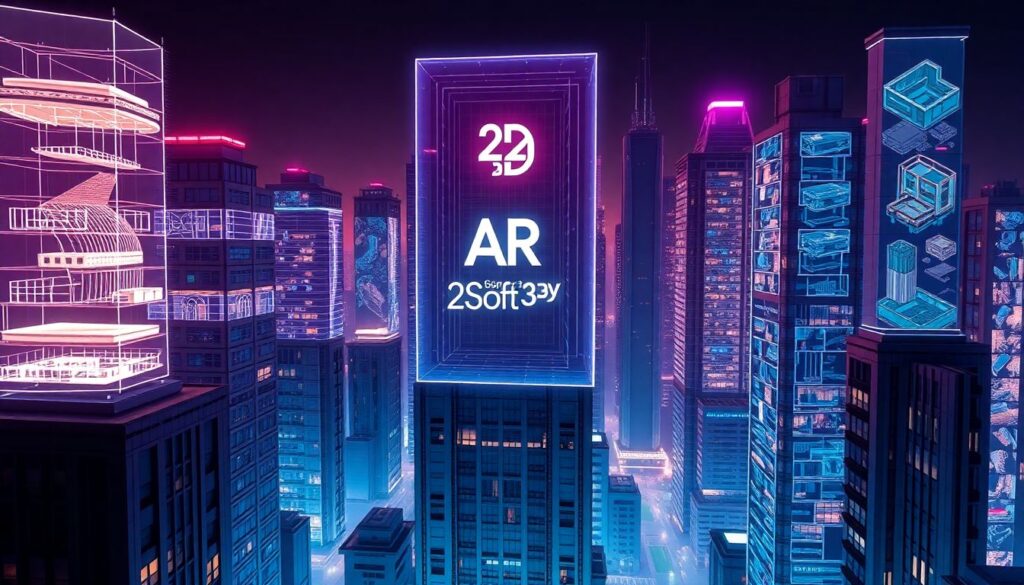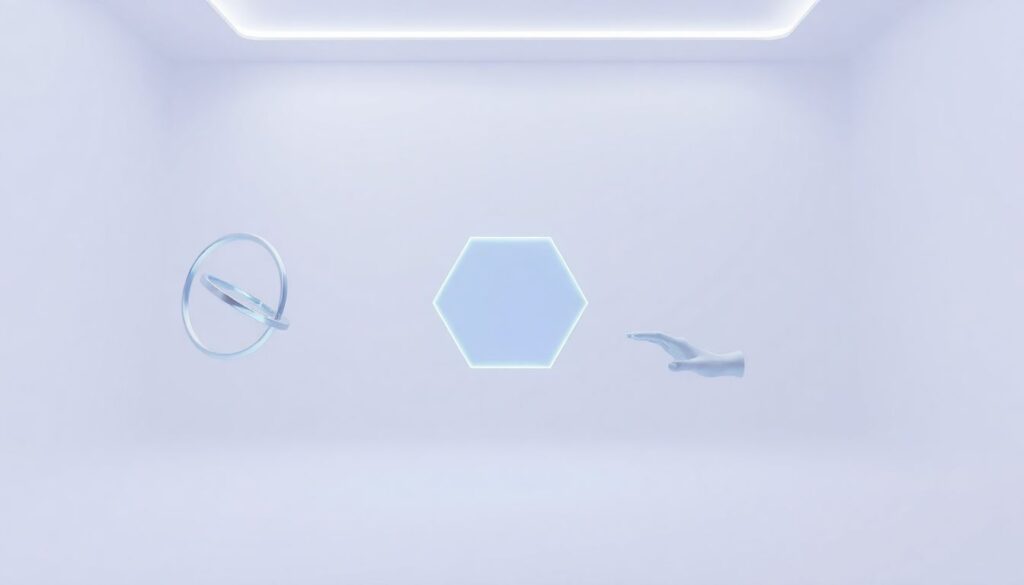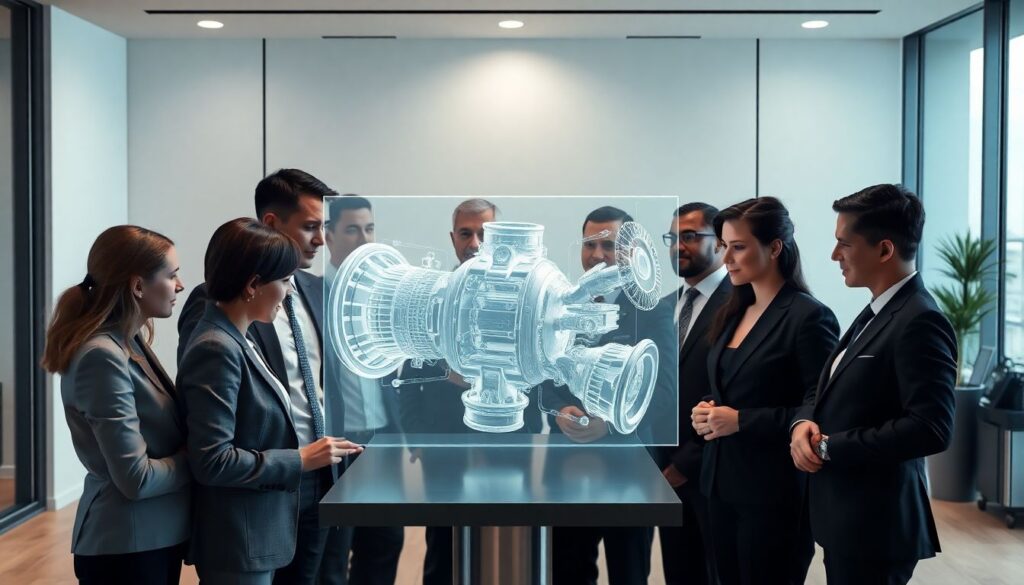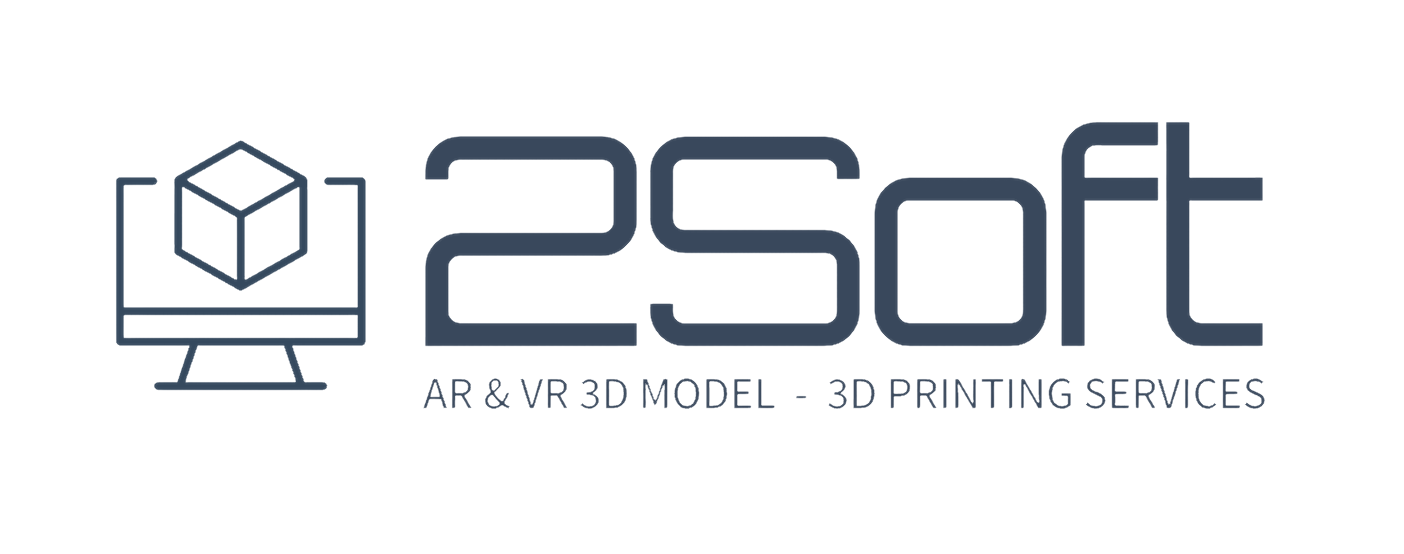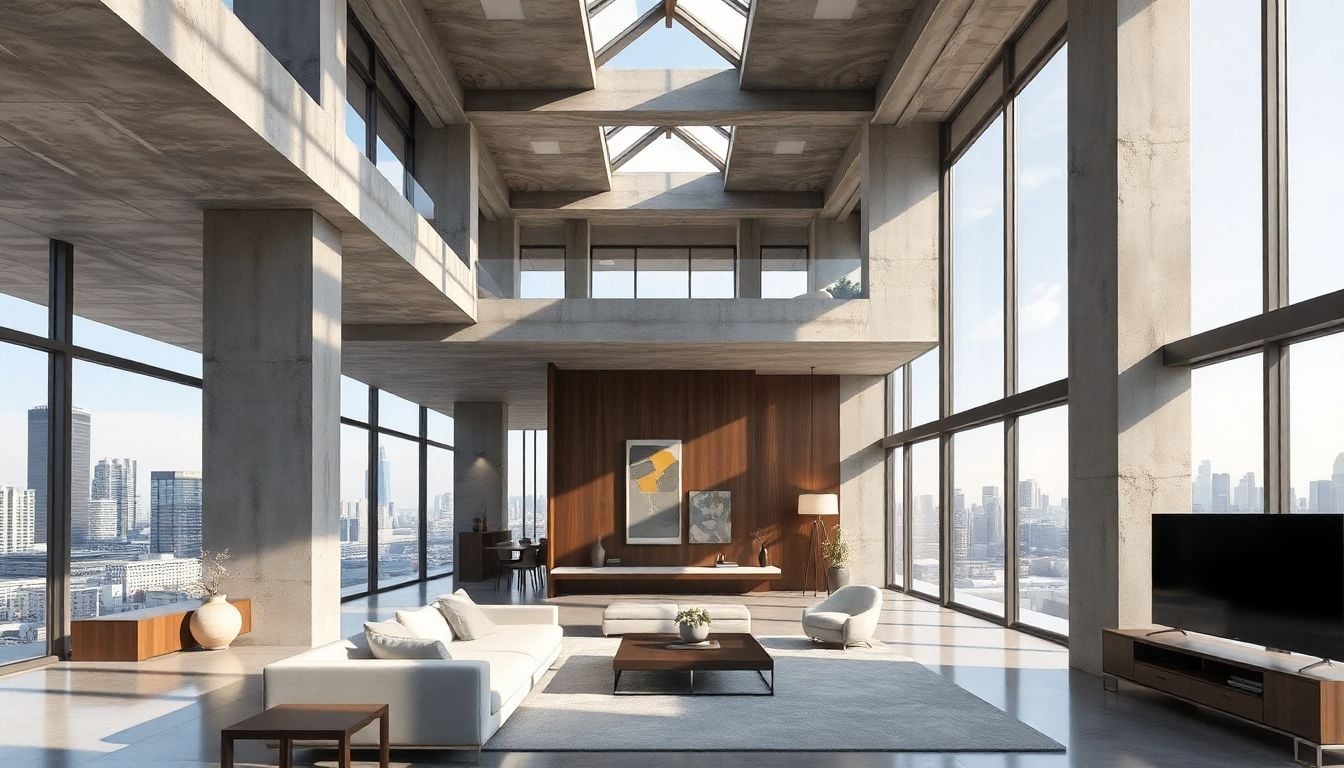
How to Create Stunning Architectural Renderings: A Comprehensive Guide
High-quality architectural renderings can increase project approvals by up to 70%. These compelling visuals play a crucial role in the design process, bringing ideas to life and helping stakeholders visualize the final product. This guide outlines the essential steps to create professional-looking architectural renderings.
Choosing the Right Software
Exploring Popular Rendering Software Options
Selecting the right software is key to creating stunning architectural renderings. Here are some leading options:
- Lumion: Great for real-time rendering with a user-friendly interface. Pricing starts at around $149 per year.
- V-Ray: Known for its high-quality photorealism. Suitable for complex projects but has a steeper learning curve. Pricing starts at $350 per year.
- Twinmotion: Excellent for quick rendering and easy project visualization. Affordable at approximately $249 per year.
- Blender: Free and open-source software, perfect for those on a budget. While it requires some learning, it offers extensive features.
Software Selection Based on Project Needs and Budget
Choose software based on your project’s complexity and your budget. For simpler projects, options like Twinmotion or Lumion are ideal. For professional-grade work, V-Ray or Blender might be more suitable. Always consider the learning curve and required features when making your choice.
Essential Tutorials and Resources for Beginners
- Lumion: Lumion Learning.
- V-Ray: V-Ray Tutorials.
- Twinmotion: Twinmotion Resources.
- Blender: BlenderGuru.
Modeling Your 3D Architectural Model
Creating Accurate 3D Models
Accurate modeling is essential for realistic renderings. Here are some tips for efficient modeling:
- Start with a clear plan or sketch.
- Use precise measurements for dimensions.
- Keep layers organized for easier modifications.
Importance of Detail and Texture
Detailed models and textures greatly enhance the rendering quality. High-quality textures can elevate the visual appeal:
- Use textures from websites like Textures.com and Poliigon for variety.
Optimizing Models for Rendering Performance
Complex models can slow down rendering time. Optimize by:
- Reducing polygon count where possible.
- Using instances for repeating elements (like trees or furniture).
Mastering Lighting and Materials ( how to create architectural renderings )
Understanding Light Sources and Their Effects
Light sources influence the mood and realism of your renderings. Common light types include:
- Natural Light: Mimics sunlight, best for exterior shots.
- Artificial Light: Great for interiors, allowing for varied emotions.
- Experiment with different angles to create shadows and highlights.
Applying Realistic Materials
Realistic materials are vital for enhancing your render’s beauty. Consider:
- Reflection: How surfaces reflect light.
- Refraction: How light passes through transparent materials.
- Roughness: Texture that affects the finish of surfaces.
Using HDRI for Realistic Lighting
High Dynamic Range Images (HDRI) can create stunning lighting effects. Check out these resources for HDRI images:
Adding Environment and Context
Creating Realistic Environments
Context enhances the impact of architectural renderings. Methods for creating environments include:
- Using pre-built 3D models (like buildings, trees, etc.).
- Importing high-resolution background images to set the scene.
Incorporating Landscaping and Surroundings
Landscaping adds depth to your render. Effective techniques include:
- Scatter 3D models of trees and shrubs.
- Use realistic soil and grass textures.
Adding People and Objects
Including people and objects boosts realism and offers scale. Place them strategically to enhance the scene without overwhelming it. Opt for low-poly models to maintain rendering performance.
Post-Processing and Final Touches
Enhancing Renderings with Post-Processing
Post-processing software like Photoshop can elevate your render. Common techniques include:
- Color correction to enhance vibrancy.
- Contrast adjustments to add depth.
Exporting and Presenting Your Renderings
Choose the right export format based on your needs. Common formats include:
- PNG for web use.
- TIFF for print quality.
Ensure you present your renderings in an appealing way to clients using high-resolution formats.
Tips for Creating a Professional Portfolio
Build a strong portfolio showcasing your best work. Include:
- A variety of projects to demonstrate versatility.
- Case studies detailing your design process and outcomes.
Conclusion: Key Takeaways
Creating stunning architectural renderings requires careful planning and execution. From selecting the right software to post-processing, each step plays a crucial role. High-quality renderings are essential in the architectural design process. Practice, experiment, and let your creativity shine. Share your journey or leave a comment below!


